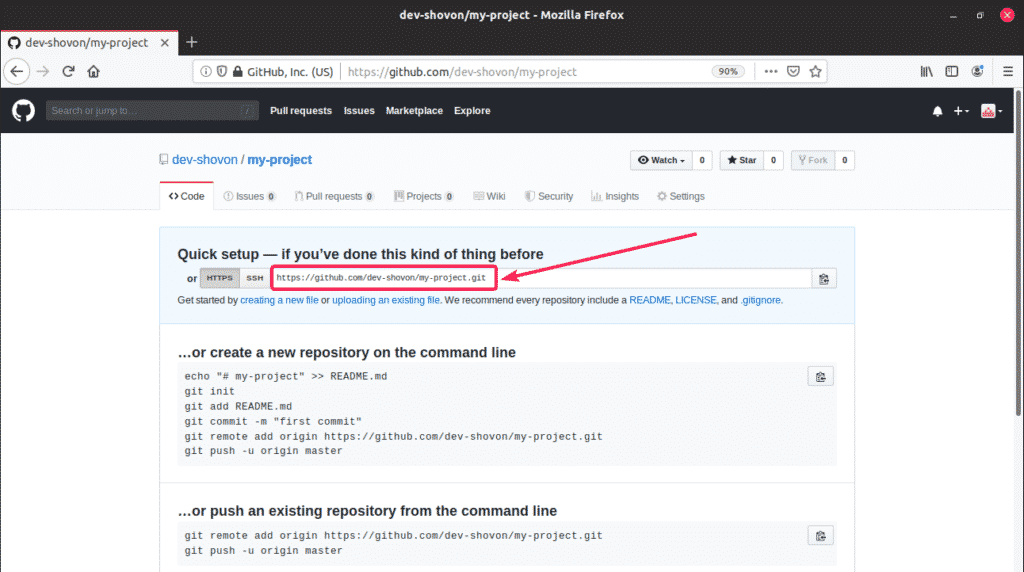

- #Git add remote private repo how to
- #Git add remote private repo full
- #Git add remote private repo password
Git clone you can omit your password from the URL and just include your username, which would look like this: Anyone with the URL will see your GitHub username and password. But it is not recommended if you’re planning to share access with anyone else. This is fine if you’re working on a personal project on your own. However, it involves putting your username and password in the URL. Using HTTPS is the easiest way to clone a private GitHub repository. Step #3: Use HTTPS With Your Username and Password Once you’ve verified a local Git installation and your permission levels, you can proceed with the private cloning process. Trying to access and clone a repository that you don’t have access to will not work. But if you’re trying to clone a GitHub repository as an organizational user, your permission levels might not allow you to do so. For example, if you’re the owner of an independently owned repository, then you obviously have the right to do so. Next, you need to ensure that you actually have the right permissions to clone a private repository. If a version number is not the output, then something is wrong. To see if git has been installed on your device, just execute this command in your terminal: This is something many people forget to do if they just got a new computer and want a GitHub project located on multiple local devices. But a local Git version is required for a clone. You could use to lookup and access projects without a Git installation. Step #2: Prerequisitesīefore you can clone a GitHub repository, you need to make sure that Git has been properly installed on your computer. Even if it’s only temporary, this is not an advisable approach to cloning a private repository. But this is not something that we recommend, as it will put all of your private project files on the open web for anyone with internet access to view and download. Technically, you could temporarily change the visibility settings of a private repository, making it public to clone. You can also clone repositories owned by someone else as a way to contribute to the project.

#Git add remote private repo full
This process pulls a full copy of the repo data from, which includes all of the file versions and folders of the project. When you clone a repository, it creates a local copy on your computer so you can sync it between two locations.Ĭloning a repository can make it easier to add files, remove files, fix merge issues, and push large commits. Whenever you create a repository, it exists remotely on GitHub. It’s also worth noting that users with certain administrative permissions have the ability to change the visibility of an existing repository from public to private or vice versa. Private repositories are only accessible by the owner, people who have been directly given access to the repo, and certain members of an organization.

Public repositories in GitHub are accessible to anyone on the internet. You can determine these settings when you first create a new repo in GitHub. You can grant access to collaborators, giving them the ability to work on the project simultaneously.įor repositories owned by an organization, the members and collaborators can all be managed using GitHub’s permission levels and organizational repository roles.Īll GitHub repositories fall into one of two categories-public or private. If you own a repository, you can restrict access to your files and manage your project’s visibility. You have the ability to own repositories independently, or share ownership of them with other users in an organization. GitHub repositories contain all project files and version histories of each file. This background information helps you make sense of the process behind the cloning steps-so you’re not just blindly following directions. Having a firm grasp of how GitHub repos work will make your life much easier when you’re cloning them.

Step #1: Understand the Differences Between Public and Private Repositories in GitHub
#Git add remote private repo how to
This step-by-step guide will show you how to clone a private GitHub repository and walk you through common stumbling blocks you might encounter along the way. But when it comes to private repositories, the process can be a bit tricker. Cloning a repository in GitHub is relatively straightforward.


 0 kommentar(er)
0 kommentar(er)
